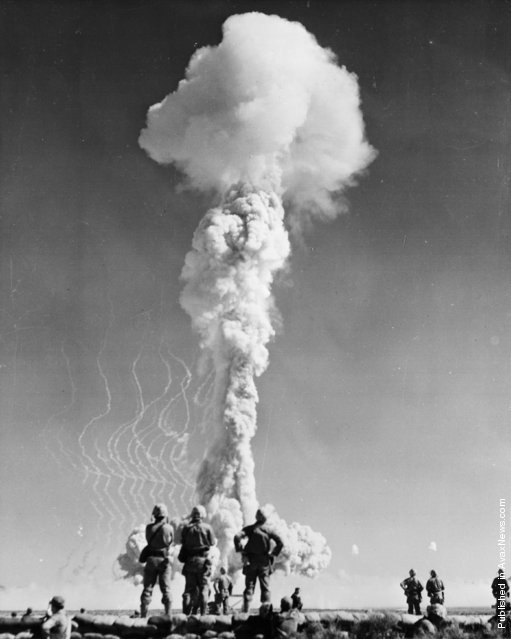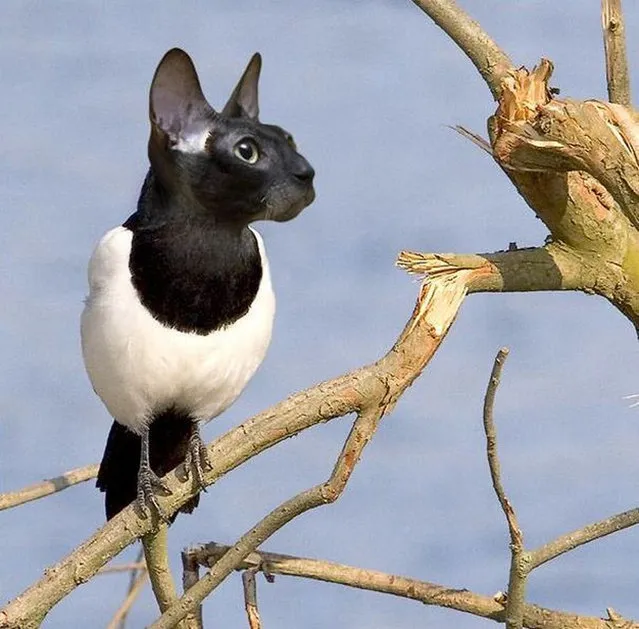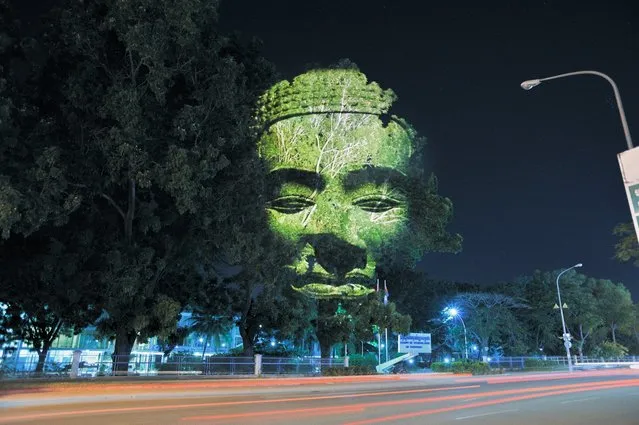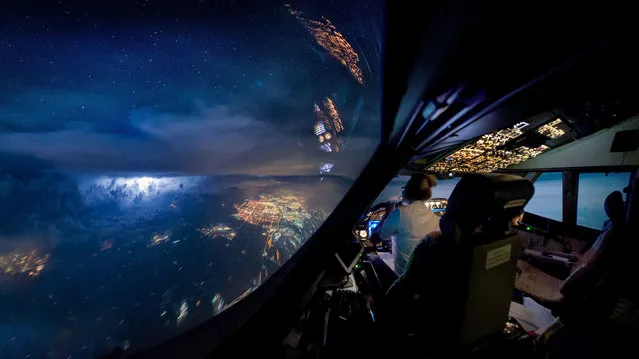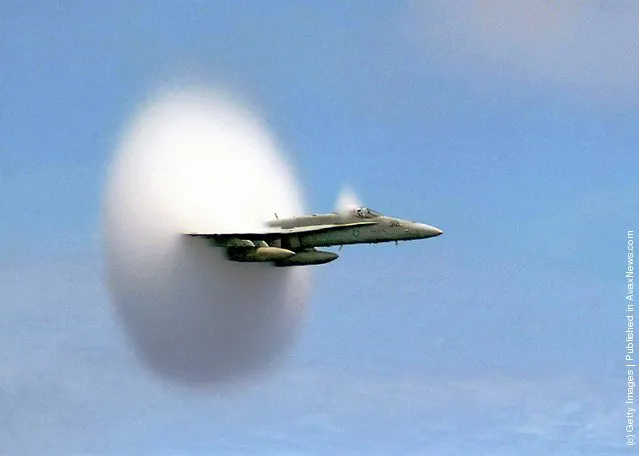
A visitor stands in front of a portrait taken by artist Bruce Gilden at the “Masters of Photography” exhibition at the Photokina trade fair in Cologne on September 20, 2016. The fair for the photographic and imaging sector, that is running from September 20 to 25, 2016, presents products from image capture, image processing and storage to image output. Photokina also includes a program of events with congresses, workshops, symposiums and photography exhibitions. (Photo by Patrik Stollarz/AFP Photo)
21 Sep 2016 10:01:00,post received
0 comments

